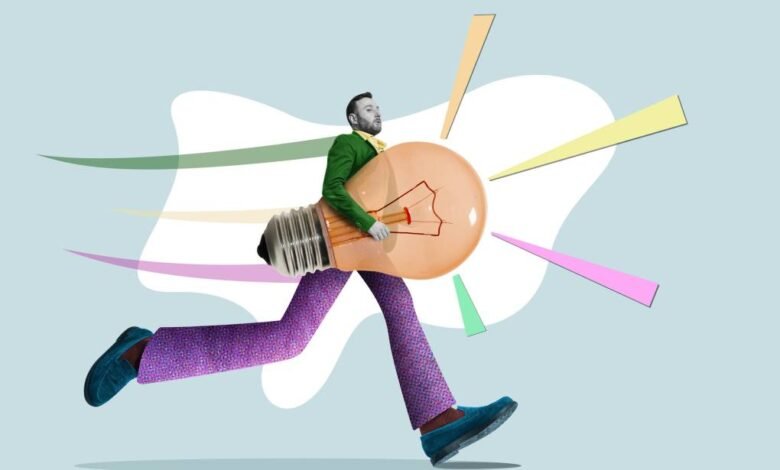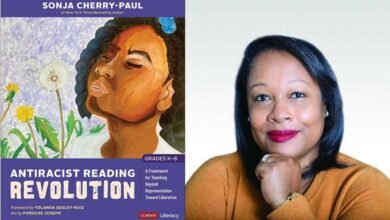
Fair use isn’t a one-size-fits-all rule, and it is evaluated on a case-by-case basis that considers four key factors: the purpose of use, the nature of the original work, the amount used and the impact on the original’s market value.
- Purpose of use: Educators can share materials as long as they’re integral to the course, part of systematic instructional activities, and directly related to the teaching objectives. However, expanding the purpose, like publishing a school project online, might change fair use status.
- Nature of the original work: Fair use status is more likely if the original is informative or factual rather than highly creative. However, creative works can still qualify. For example, watching a taped production of Hamlet during a unit on Shakespeare in an English class is likely to fall under fair use.
- Amount used: Fair use asks that teachers use portions of the original material and only what’s necessary to convey their point. While it’s still possible with entire creative works, like videos or songs, using less increases the likelihood of fair use. Excerpts – typically two pages or less or 10% of longer works – are permissible, along with up to 30 seconds of music. Pero emphasized that many publishing companies are open to working with teachers as long as proper credit is given.
- Market impact: If your use undermines the creator’s ability to profit from their work, it’s less likely to be considered fair use.
For clarification on copyright concerns, Mary Beth Clifton, who teaches about copyright in her role as an instructional technology coordinator in Pennsylvania, recommended that educators use Copyright and Creativity, an online hub of educator-friendly resources about copyright, including office hours, webinars and downloadable posters.
During pandemic-related distance learning, teachers relied on the 2002 Technology, Education and Copyright Harmonization (“TEACH”) Act. This act provides exemptions that allow educators to share certain copyright-protected materials online with students without getting permission from copyright holders. Generally, the TEACH Act mandates that distribution of all materials must be limited to students who are currently enrolled in the class for a specific time.
Digital citizenship and nurturing respect for copyright
Citing sources and giving credit are integral components of digital citizenship — how we conduct ourselves responsibly in the online world. Complying with copyright can seem tedious, but it is foundational to many of the digital citizenship skills teachers hope to instill in students. “We talk about how to be respectful, face-to-face and how to be respectful in a Zoom conference. We also need to talk about how to be respectful in the digital environment,” said Clifton. With AI tools on the rise, students’ ability to trace the origins of their sources will become more valuable. When teachers make their own copyright practices visible, they model its importance for students.
Empowering students to copyright their work
One way to help students to become more knowledgeable about copyright is to have them copyright their own work. With students increasingly creating their own content as opposed to just consuming it, teachers have an opportunity to introduce them to copyrighting. Clifton suggested students and teachers use Creative Commons licenses because they are a simple way to communicate how one wants their work to be used. A Creative Commons license is a public use license that allows creators to mix and match four conditions to communicate how they would like the work to be used. For example, a person may choose to allow others to distribute, remix, adapt, and build upon the material for noncommercial purposes only.
When students experience the process of protecting their own work, it’s easier to communicate the significance of copyright because it’s more personalized, said Clifton. She prompts students with questions about how they would feel about finding out that their work was used without permission to foster discussions about sharing and respecting creative works.
Practicing mindful image use
Whether it’s in a powerpoint or on a poster board, images are often used without permission. To illustrate how images are protected by copyright, Pero used the logo from the Tokyo Olympics in 2020 as an example. When the first Tokyo 2020 logo was presented, a Belgian designer said it was too similar to one of his designs, and the Tokyo Olympics logo was changed. In her classes, Pero instructed students to use filters on Google image search to easily access images that are free to share. Even when using such searches, teachers can set the expectation that students should credit the image creators.
Additionally, Pero oversaw her schools’ yearbook class, and she instructed students to give photo credit for each photo whether they were taken professionally or by peers. “One year, we made a yearbook that mimicked Survivor’s logo,” said Pero. She told students that if they wanted to go through with the idea, “We need to get permission because we’re going to publish like 400 of these.” Student sent an image of the yearbook logo to Survivor’s production team to confirm that it was okay to use.
Inviting students to connect with creators
Source link




